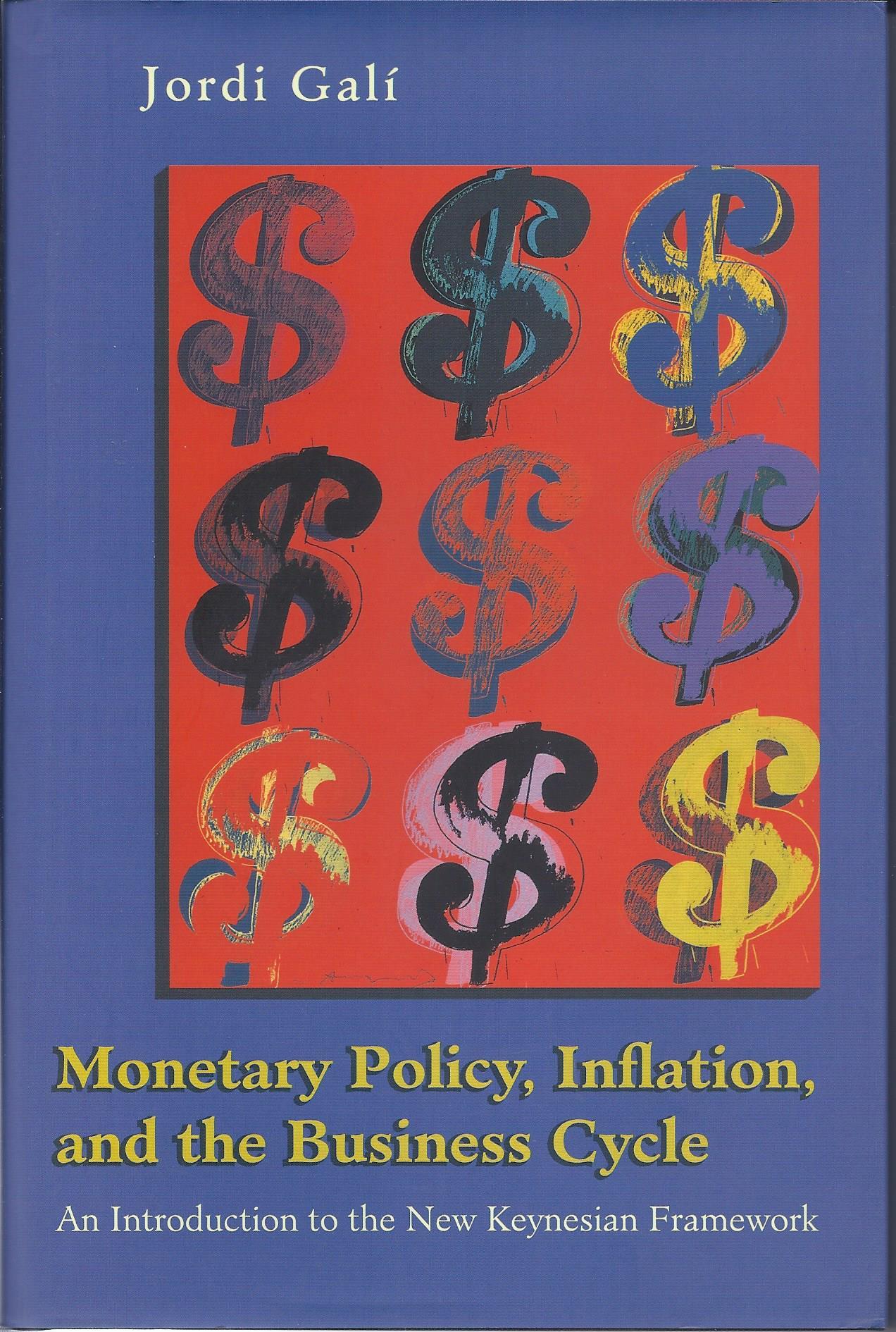This title is currently out of stock. Leave us your email address, we’d let you know when it’s in stock again!
-

A note on book covers: while we do our best to ensure the accuracy of cover images, ISBNs may at times be reused for different editions of the same title which may hence appear as a different cover.
Monetary Policy, Inflation, And The Business Cycle: An Introduction To The New Keynesian Framework
Monetary Policy, Inflation, And The Business Cycle: An Introduction To The New Keynesian Framework
Couldn't load pickup availability
Using a canonical version of the New Keynesian model as a reference framework, Jordi Galí explores issues pertaining to the design of monetary policy, including the determination of the optimal monetary policy and the desirability of simple policy rules. He analyzes several extensions of the baseline model, allowing for cost-push shocks, nominal wage rigidities, and open economy factors. In each case, the implications for monetary policy are addressed, with a special emphasis on the desirability of inflation targeting policies.
The most up-to-date and accessible introduction to the New Keynesian framework available Uses a single benchmark model throughout Concise and easy to use Includes exercises An ideal resource for graduate students, researchers, and market analysts
Details of Book
A note on book covers: while we do our best to ensure the accuracy of cover images, ISBNs may at times be reused for different editions of the same title which may hence appear as a different cover.

-
One Line Summary
Insightful guide to modern monetary policy analysis.
-
Who is this book for?
If you're curious about how central banks steer the economy and manage inflation, this book offers a clear and thorough look into the New Keynesian framework. It explains complex ideas with examples and is perfect for anyone wanting a deeper understanding of economic fluctuations and policy design. Graduate students and market analysts alike will find it an invaluable resource to grasp current monetary policy strategies.

